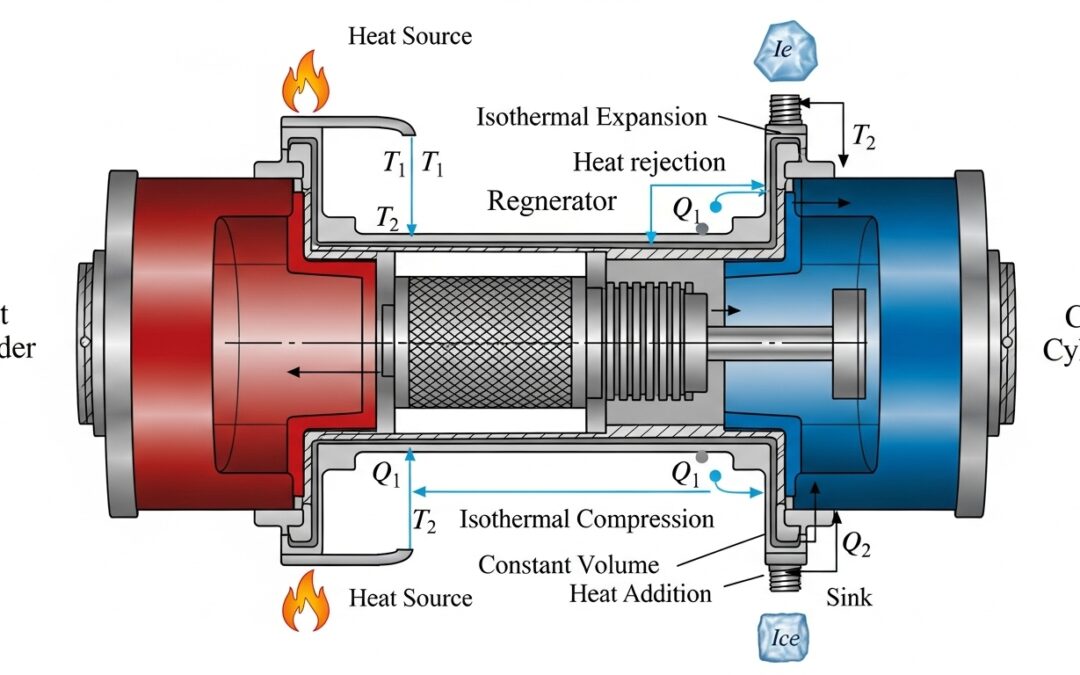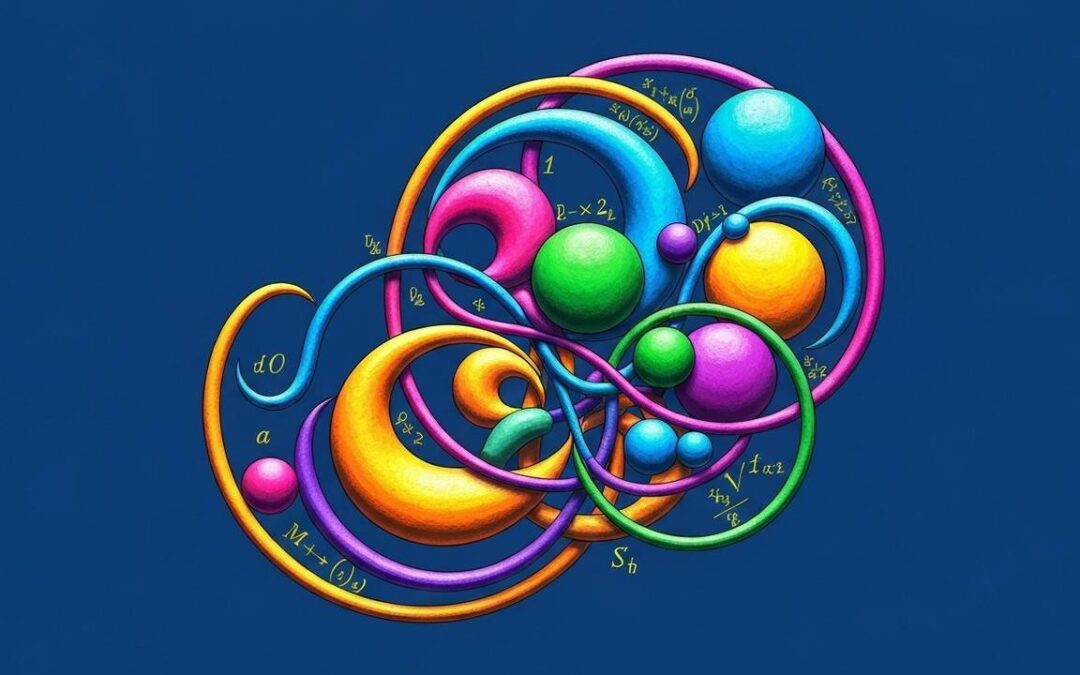Diving into function iteration, we explore ways to represent repeated function compositions like ##f(f(f(f(x))))##. The key is to find concise notations that avoid ambiguity. Understanding function iteration is essential in various mathematical fields. This post will guide you through common notations, their nuances, and how to use them effectively. Function iteration is a fundamental concept in mathematics, and mastering its notation is crucial for advanced studies.
Table of Contents
More from me
In mathematics, particularly in calculus and analysis, function iteration is a crucial concept. It involves applying a function to itself repeatedly. This blog post explores various notations and methods to represent the repeated composition of a function, such as ##f(f(f(f(x))))##, and offers insights into their usage and potential ambiguities. Understanding function iteration is essential for advanced mathematical studies.
Defining Function Iteration
Function iteration refers to the process of applying a function to its own output multiple times. For instance, if we have a function ##f(x)##, iterating it means computing ##f(f(x))##, ##f(f(f(x)))##, and so on. This concept appears frequently in dynamical systems and chaos theory, where the behavior of iterated functions can reveal complex patterns. The core idea is to observe how the output evolves with each successive application of the function.
The simplest way to represent function iteration is by explicitly writing out the composition, like ##f(f(f(f(x))))##. However, this becomes cumbersome for a large number of iterations. Therefore, mathematicians have developed more concise notations to express this concept efficiently. These notations aim to reduce ambiguity and provide a clear representation of the iterative process, making it easier to analyze and communicate mathematical ideas.
Common Notations for Function Iteration
One common notation for representing function iteration is ##f^{\circ n}(x)##, where ##n## denotes the number of times the function ##f## is composed with itself. This notation is particularly useful because it clearly indicates the number of iterations without requiring explicit repetition. For example, ##f^{\circ 4}(x)## is equivalent to ##f(f(f(f(x))))##. This notation avoids confusion with exponentiation, which represents raising the function’s value to a power.
Another notation, often seen in computer science and discrete mathematics, involves defining an iterative function recursively. For example, we can define a function ##g(x, y)## such that ##g(x, 0) = x## and ##g(x, y) = f(g(x, y-1))## for ##y > 0##. This recursive definition provides a clear and formal way to express function iteration, especially when dealing with algorithms and computational processes. Understanding these notations is crucial for advanced mathematical studies.
Addressing Notation Ambiguity
One potential source of confusion arises from the notation ##f^n(x)##. While some mathematicians use this to denote the ##n##-th iterate of ##f##, others use it to represent ##(f(x))^n##, i.e., the ##n##-th power of the function’s value. To avoid this ambiguity, it is often recommended to use ##f^{\circ n}(x)## for function iteration. This notation explicitly indicates that we are composing the function with itself, rather than raising its value to a power.
Furthermore, the notation ##f^n(x)## can also be mistaken for the ##n##-th derivative of ##f(x)##, especially in calculus. To prevent this, context is crucial. If the discussion involves derivatives, ##f^n(x)## likely refers to the ##n##-th derivative. If the context is function composition, it may refer to iteration. However, using ##f^{\circ n}(x)## eliminates this ambiguity entirely, providing a clear and unambiguous representation of function iteration. Understanding these notations is crucial for advanced mathematical studies.
Formal Definition Using Iteration
A more formal way to define function iteration involves using the concept of an iterator. We can define a function ##\text{iterate}_n(f)## such that ##\text{iterate}_0(f) = id## (the identity function) and ##\text{iterate}_{n+1}(f) = \text{iterate}_n(f) \circ f##, where ##\circ## denotes function composition. This definition provides a rigorous way to express function iteration, particularly in advanced mathematical contexts. The iterator notation is precise and avoids ambiguity, making it suitable for formal proofs and theoretical discussions.
Using this formal definition, we can write ##\text{iterate}_4(f)(x)## to represent ##f(f(f(f(x))))##. This notation is particularly useful when discussing properties of iterated functions in a general setting. It allows mathematicians to express complex ideas concisely and accurately, facilitating deeper analysis and understanding of function iteration. Understanding these notations is crucial for advanced mathematical studies.
Similar Problems and Quick Solutions
Problem 1: Find ##f^{\circ 2}(x)## if ##f(x) = x^2##
##f^{\circ 2}(x) = f(f(x)) = (x^2)^2 = x^4##
Problem 2: Find ##g^{\circ 3}(x)## if ##g(x) = 2x + 1##
##g^{\circ 3}(x) = g(g(g(x))) = 2(2(2x + 1) + 1) + 1 = 8x + 7##
Problem 3: Find ##h^{\circ 2}(x)## if ##h(x) = \frac{1}{x}##
##h^{\circ 2}(x) = h(h(x)) = \frac{1}{\frac{1}{x}} = x##
Problem 4: Find ##k^{\circ 2}(x)## if ##k(x) = \sqrt{x}##
##k^{\circ 2}(x) = k(k(x)) = \sqrt{\sqrt{x}} = x^{\frac{1}{4}}##
Problem 5: Find ##l^{\circ 2}(x)## if ##l(x) = x – 1##
##l^{\circ 2}(x) = l(l(x)) = (x – 1) – 1 = x – 2##
| Concept | Notation | Description |
|---|---|---|
| Function Iteration | ##f^{\circ n}(x)## | Applying function ##f## to itself ##n## times. Avoids ambiguity with exponentiation. |
| Recursive Definition | ##g(x, y)## | Defining iteration recursively, where ##g(x, 0) = x## and ##g(x, y) = f(g(x, y-1))## for ##y > 0##. |
| Ambiguous Notation | ##f^n(x)## | Can mean function iteration, exponentiation, or ##n##-th derivative. Context is crucial. |
| Formal Definition | ##\text{iterate}_n(f)## | Using an iterator function for a rigorous representation of function iteration. |
We also Published
RESOURCES
- function and relation composition – Notation for Functional Iteration …
- Can somebody explain Functional iteration to me? : r/algorithms
- Iterated function – Wikipedia
- Notation for Iteration of Functions, Iteral
- Determining complexity for recursive functions (Big O notation …
- arXiv:1207.0152v1 [math.DS] 30 Jun 2012
- Array – JavaScript | MDN
- ca.classical analysis and odes – Is there any use for $\sin(\sin x …
- big o notation – Time complexity when taking certain elements and …
- Arrow function expressions – JavaScript | MDN







0 Comments